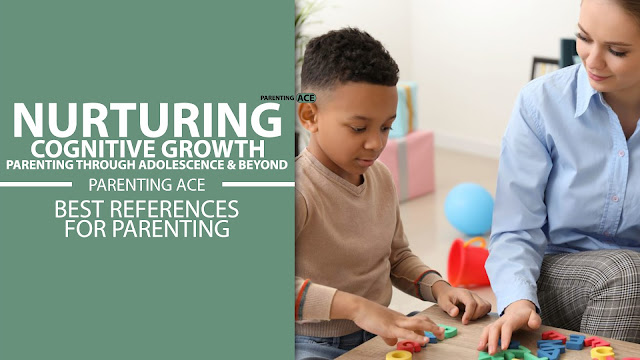How Parents Educate Children on Consent and Boundaries: Nurturing Healthy Relationships from a Young Age
In a world where understanding and respecting personal boundaries is paramount, parents play a pivotal role in shaping their children's attitudes towards consent and boundaries. From the earliest stages of development, teaching children about consent and boundaries sets the foundation for healthy relationships and empowers them to navigate interpersonal interactions with respect and understanding. In this blog post, we explore the importance of educating children on these fundamental concepts, offering effective strategies and insights to help parents nurture a culture of consent and respect from a young age.
 |
| Educating Children on Consent and Boundaries: Building Healthy Relationships |
How Do Parents Teach Children About Consent And Boundaries?
As parents, one of our most crucial responsibilities is to educate our children about consent and boundaries. In a world where understanding and respecting personal boundaries is paramount, instilling these values from a young age is essential. This article delves into effective strategies parents can employ to teach their children about consent and boundaries, fostering healthy relationships and empowering them to navigate interpersonal interactions with respect and understanding.
Understanding Consent and Boundaries
Before delving into how parents can teach children about consent and boundaries, it's vital to understand what these concepts entail. Consent refers to the voluntary agreement to engage in a particular activity or behavior. It must be freely given, reversible, informed, enthusiastic, and specific. Boundaries, on the other hand, are the limits we set for ourselves in various contexts, defining what is acceptable and what is not in terms of our physical, emotional, and personal space.
Strategies for Teaching Consent and Boundaries
- Start Early: Begin teaching children about consent and boundaries from a young age, using age-appropriate language and examples. Teach them to respect others' personal space and autonomy.
- Lead by Example: Children learn by observing the behavior of adults around them. Model healthy boundaries and respectful communication in your own interactions with others.
- Use Everyday Situations: Use everyday scenarios to illustrate the concepts of consent and boundaries. For example, ask permission before hugging or touching someone, and respect their response.
- Empower Communication: Encourage open communication with your child and teach them to express their feelings and preferences assertively. Let them know it's okay to say no if they're uncomfortable.
- Respect Their Choices: Respect your child's decisions, even if they differ from your own preferences. This teaches them that their feelings and choices are valid and worthy of respect.
- Discuss Media and Pop Culture: Use media, books, and movies as opportunities to discuss consent and boundaries. Talk about characters' actions and whether they respect others' boundaries.
- Address Gender Stereotypes: Challenge gender stereotypes that perpetuate unhealthy attitudes towards consent and boundaries. Teach children that everyone deserves respect regardless of gender.
Teaching children about consent and boundaries is essential for fostering healthy relationships and preventing abuse. By starting early, leading by example, and empowering open communication, parents can instill these values in their children from a young age. By doing so, they equip them with the tools they need to navigate the complexities of interpersonal interactions with respect, empathy, and understanding, ultimately contributing to a safer and more respectful society.




